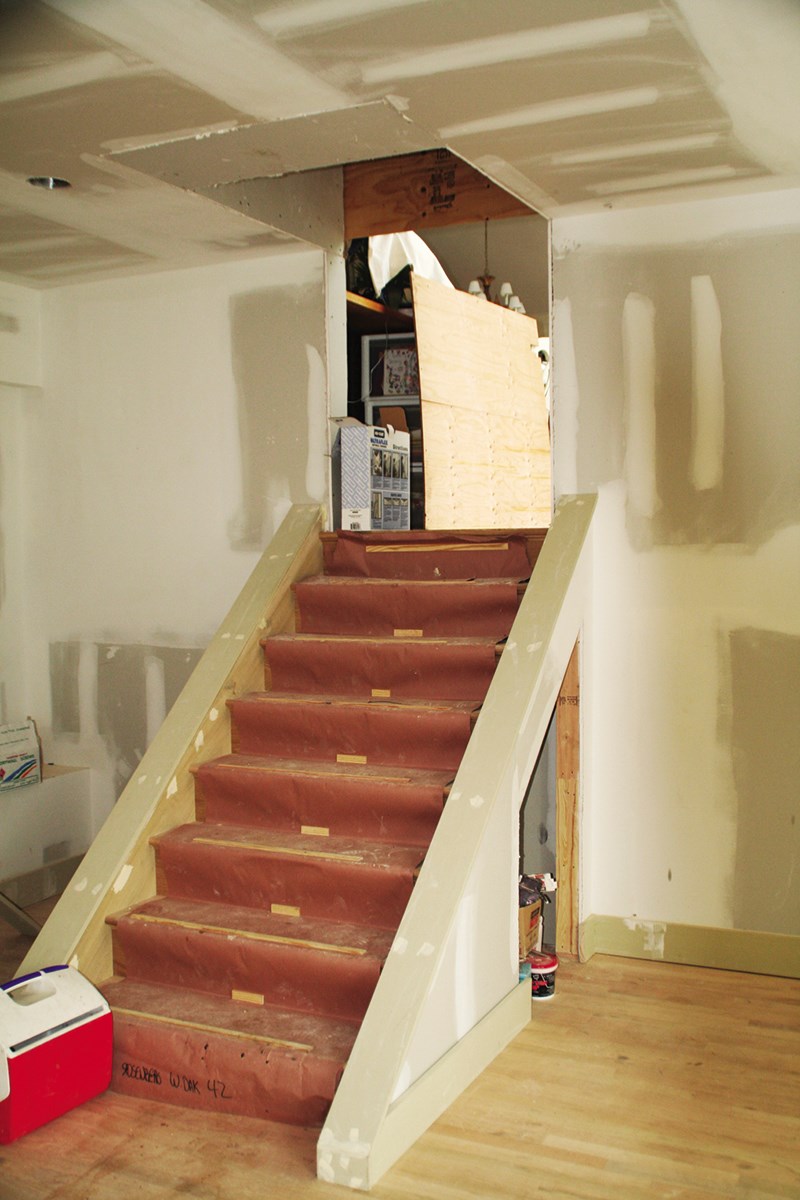Marco Vigliotti
A 2012 Health Canada study found 8.5 per cent of Lambton County residents live in homes with radon concentrations above the current guideline – higher than the Ontario average of 8.2 per cent and the national average of 6.5 per cent.
Those numbers, however, offer very little insight into the odds of recording a higher than recommended level of radon in your own household, says a public health official.
Lori L. Lucas Supervisor, a health protection officer with Lambton Public Health, explains that the “only way” to know if your home has levels of the naturally-emitted radioactive gas above the 200 becquerels per cubic metre guideline is to "test for it.”
“Testing kits are available at home retailers (and) should be set up in the lowest lived – (where) people spend time four or more hours a day - area of the home,” she told the Journal. “This should be set up for a minimum of three months, and testing during September to April is ideal, (as people) spend most time indoors.
Testing, she adds, could also be done through certified radon measurement professional.
Home radon detectors are also available on the market.
Radon is a naturally occurring radioactive gas that comes from the breakdown of uranium found in rocks and soil.
Colourless, odourless and tasteless, radon can enter homes in any place it finds an opening where the house contacts the soil, such as cracks in foundation or floor slab, crawlspaces, floor drains, gaps around service pipes and sump holes.
If radon levels in your house are higher than the Health Canada guideline, Lucas recommends sealing the entry points mentioned above or opt for a sub slab depressurization, which she says can reduce levels by 90 per cent.
Quiting smoking is another way to reduce the impact of radon, she notes.
The health risks of exposure to radon above the recommended levels are serious.
Radon is the second-leading cause of lung cancer in Canada and is estimated to cause 3,000 deaths a year, according to the Canadian Cancer Society.
